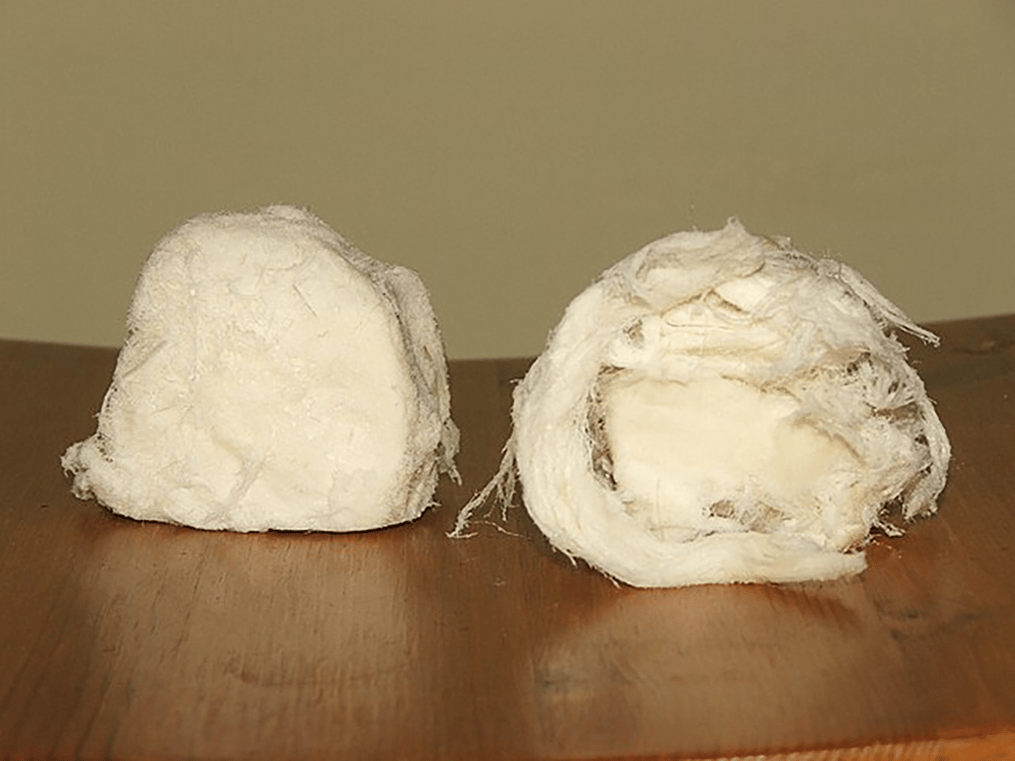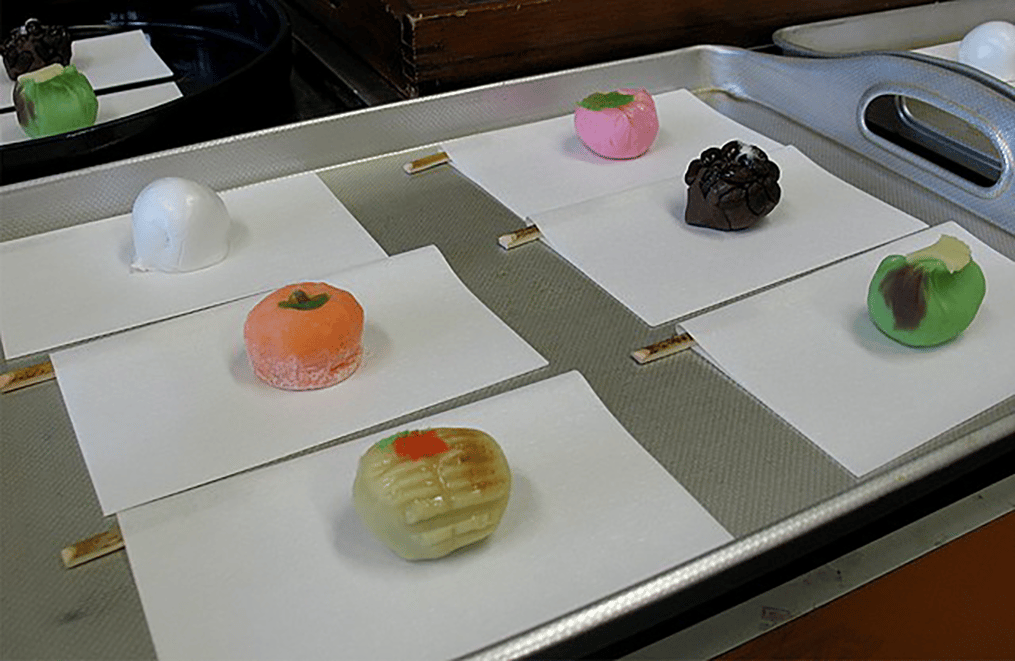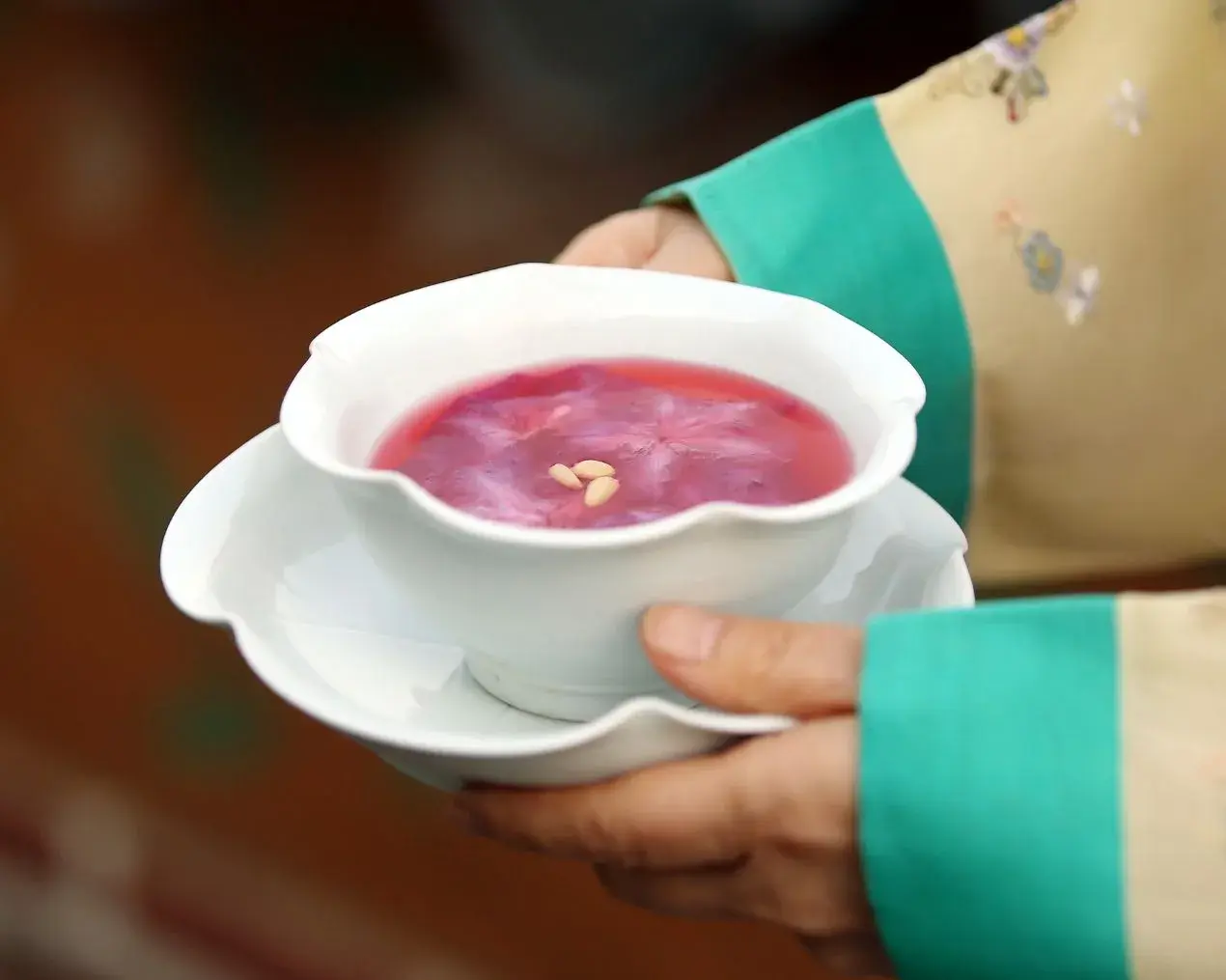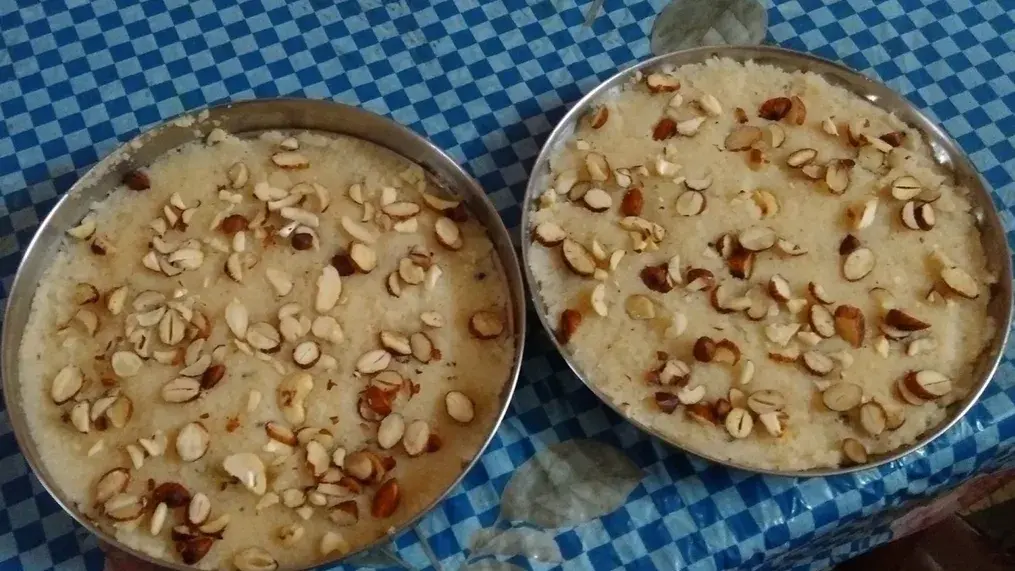In an era taken over by smartphones and smart TVs it’s time we revisited some unique desserts and their community-specific traditions some of which are fading and some still going strong

Food has been what has been linking mankind ever since they learned how to crawl, and then walk. This extends to desserts as well as certain desserts need many hands to make them and some unique desserts hold local cultural significance without needing many hands. We picked some of them and delved into their stories of community and bonding promoted by these desserts, and of course, enjoyment of making them and watching the delightful faces of people who consume them.
The hands making the Bosnian Ćetenija

Ćetenija is a Bosnian sweet traditional food, that requires a team effort, it takes at least a group of six people to make it, which is quite similar to Dragon’s Beard candy but not quite. Bosnia has traditional “sitting parties” or “sijelo” where the hosts would sit with their guests and make this dessert called Ćetenija, out of sugar, flour, lemon juice, and oil. It’s a chance at making something unique while singing, dancing, and poking fun at each other as some made the sugar paste to start the dessert and the rest joined hands to pull it through roasted flour. It’s usually a winter tradition and pulling the sugar strands into a ring requires careful hands to avoid it from snapping. The Turkish pişmaniye is exactly the same as the Ćetenija and is enjoyed with tea.
Greek New Year’s Day and Vasilopita
The Greek Vasilopita is named after Saint Basil, Vasil or Basil refers to the saint and pita means bread which equals Basil’s bread. The tale of this Greek dessert, which is baked as a cake or pie too, goes back to the Roman Empire and in one of its kingdoms, Caesarea, the king levied a cruel tax in a year of famine. Because of this, the poor had to relinquish family heirlooms to avoid being thrown into prison. This pained the Archbishop of Caesarea, who was Saint Basil, he took his staff and put the fear of God in the emperor. This did cause the Emperor to revoke the cruel edict, and return all the coins and jewels collected to him. That proved to be quite the task for the Archbishop and what he did after several days of praying, was to bake all the coins and valuables into a huge pita. A piece was offered to each townsfolk and by sheer miracle or coincidence, every last one of them found their relinquished jewels and coins in the piece of the bread. Today the same ritual is followed on New Year's Day baking a Vasilopita with a trinket or coin in it. Whoever finds it is said to be blessed with good luck and fortune for the year.
The Tale of the Yule Log or Bûche de Noël

Where Christmas cakes like the rich fruit cake studded with dry fruits and nuts tend to be the norm every December, France celebrates it differently. Home and Christmas for many French folks and also other European, some Asian countries and American communities, is tied to the Bûche de Noël. It’s a Christmas Log Cake known as Yule Log Cake in the UK, made with genoise sponge cake slathered with chocolate buttercream, coated in icing which is carved like a piece of log. The origin of this dessert goes back to the medieval age with a Celtic ritual observed during the winter solstice. A huge log would be burned for many days to wish for a bountiful harvest for the coming year. This Yule log warmed the home of the people back then during harsh winters and with time the log got smaller and smaller. Then finally a dessert was crafted to resemble the Yule log and the tradition has stuck ever since.
The Japanese and their Wagashi

Wagashi is a broad term for Japanese desserts, or rather sweets, which are mostly made with rice and seasonal ingredients. For the Japanese who used to only consume fruits, the diffusion of Chinese customs helped them develop the sweets we see today. This started during the Nara (710-794) and Heian (794-1185) periods. Since then the sweet traditional food, has mostly been associated with teatime (higashi) and offerings in ceremonies. The wagashi changes with the season with summer having more or iced desserts and jellies and autumn wagshi being shaped into symbolic motifs like maple leaves, chestnuts, and persimmons. With the boom in the demand for sweets, especially since the Edo period (1603 and 1868), the sweetmakers also grew, and needless to say, it requires a nifty hand to make each of the beloved wagashi.
Like This Article?
More Like This




Popular Articles





Trending Web Stories
Curated Recipes


















